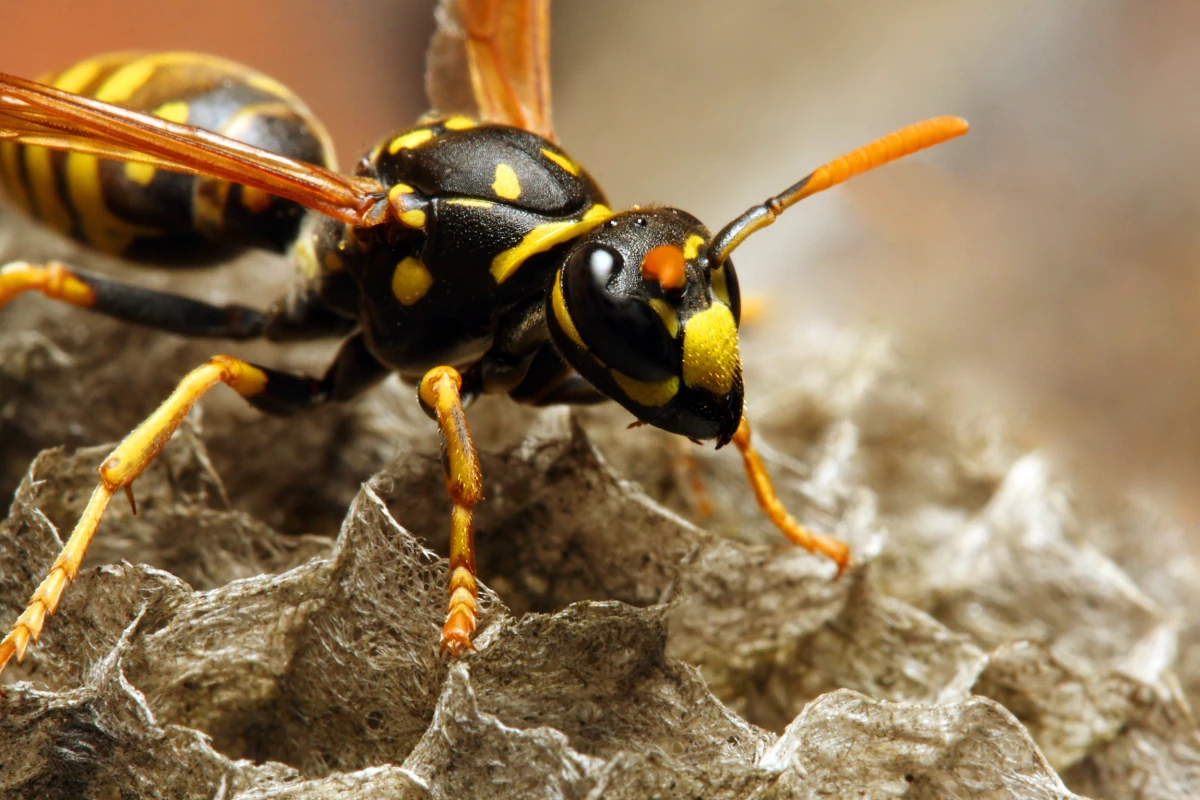With antibiotic-resistant bacteria poised to become a huge health problem in the coming decades, the world desperately needs new drugs and treatments. Now, researchers at the University of Pennsylvania have engineered new antimicrobial molecules from wasp venom, which have shown promise in tests in mice.
Antibiotics were one of the most important scientific breakthroughs of the 20th century, preventing untold millions of deaths from infections. But unfortunately decades of overuse has resulted in bacteria increasingly evolving resistance to the drugs. Without intervention, it’s been predicted that these “superbugs” could be responsible for up to 10 million deaths a year by 2050.
To prevent that nightmare scenario from coming to pass, scientists are investigating a whole suite of new antibiotic candidates, as well as looking for other non-drug methods to destroy them, including lights, materials, magnetic nanoparticles that tear them to shreds, and even molecular drills.
One particularly promising avenue for new drug candidates has been, perhaps counterintuitively, the venom of various animals and insects, such as rattlesnakes, scorpions and wasps. And it’s that last one that the new study investigated.
“New antibiotics are urgently needed to treat the ever-increasing number of drug-resistant infections, and venoms are an untapped source of novel potential drugs,” says César de la Fuente, senior author of the study. “We think that venom-derived molecules such as the ones we engineered in this study are going to be a valuable source of new antibiotics.”
In this case, the team started with a highly toxic peptide found in the venom of the Korean yellow-jacket wasp. The peptide, known as mastoparan-L (mast-L), kills bacteria, but unfortunately it can also be harmful to humans – it destroys red blood cells and can trigger anaphylaxis in certain people. So the team had to find a way to modify it.
It’s thought that a section at the end of the peptide is responsible for much of the toxicity to humans, so the researchers replaced this part with a pentapeptide motif – a region of known antimicrobial peptides that is strongly active against bacteria. The end result was a new molecule the team called mastoparan-MO (mast-MO).
Next, they tested the new molecule in mice infected with lethal levels of E. coli or Staphylococcus aureus. Mast-MO appeared to protect the mice in most cases – 80 percent of the treated animals survived, while those that received just the natural mast-L peptide were far less likely to survive. Mast-MO was also able to be safely administered at higher doses, while mast-L invoked severe side effects at the same level.
The team also found evidence about how the molecule works against bacteria. It appears to make their outer membranes more porous, allowing molecules to penetrate into them easier, which could suggest that partnering it with other drugs could improve the antimicrobial response even further. At the same time, mast-MO seems to summon more immune cells to the site as well.
Several variations of mast-MO were found to have antimicrobial activity, and the team hopes to continue developing them into drugs that could help us fight this emerging health threat.
The research was published in the journal Proceedings of the National Academy of Sciences.
Source: University of Pennsylvania




